On the Other Side of Gumista: The Harsh Lessons of the March Offensive
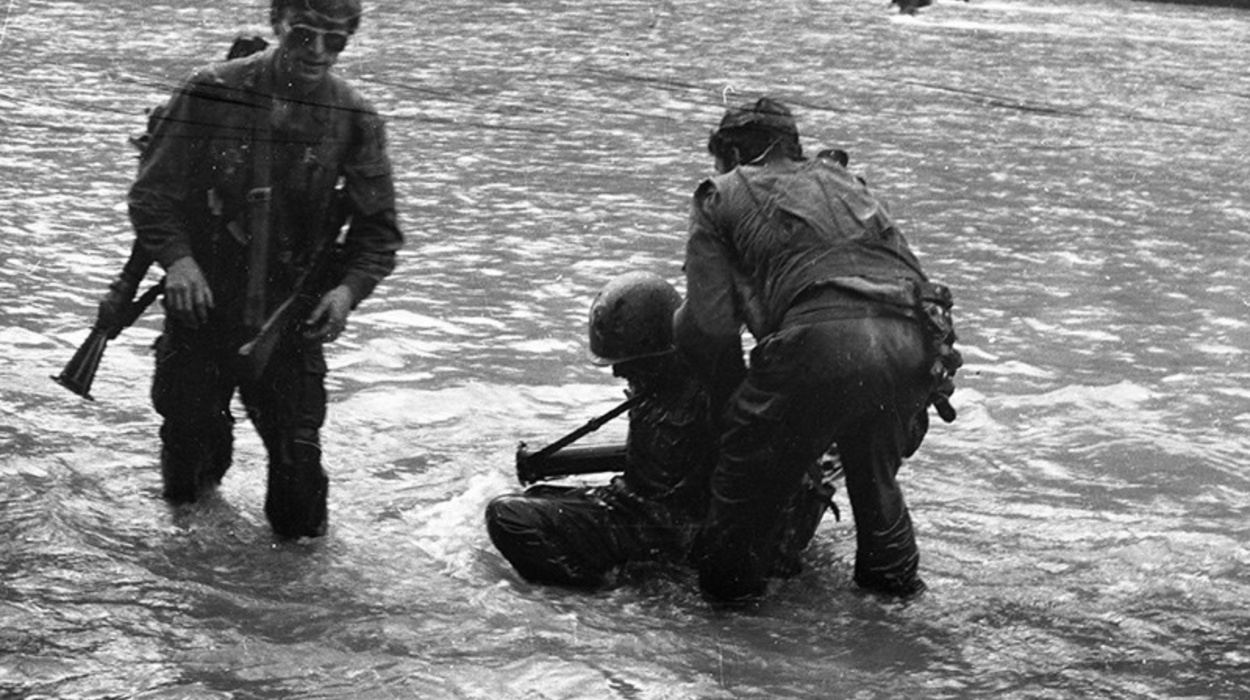
The March Offensive is the most tragic military operation in the history of the Patriotic War of the people of Abkhazia in 1992-1993.
The offensive of Abkhaz troops, commanded by Colonel Sergei Dbar, began on the night of March 15-16. At 00:45, the Abkhazian troops launched an air and artillery strike on enemy targets, followed by a land offensive in several directions simultaneously.
Initially, a special forces team of 23 soldiers cleared the upper Gumista bridge and engaged in battle with the enemy. The Gudauta assault group and the 3rd motorized rifle brigade crossed the Gumista River in the area of the suspension bridge and fought their way to Eshba Street. However, some of the groups became surrounded after crossing the river and came under fire from tanks and artillery at dawn."
“On one of the village streets, they saw a BMP (infantry fighting vehicle) standing still. As they got closer, they realized that it was operational. They thought that the Georgians had abandoned it out of fear and fled. Some wanted to blow it up with a grenade launcher, while others decided to use it for its intended purpose. It was around three o'clock in the morning. It turned out that the combat vehicle's crew was dozing, and when they noticed something was amiss, they abruptly reversed and began firing at us randomly from the machine gun mounted on the vehicle. Our comrade, Avto Dzidzaria, died from the shots," recalled war veteran Dmitry Argun.
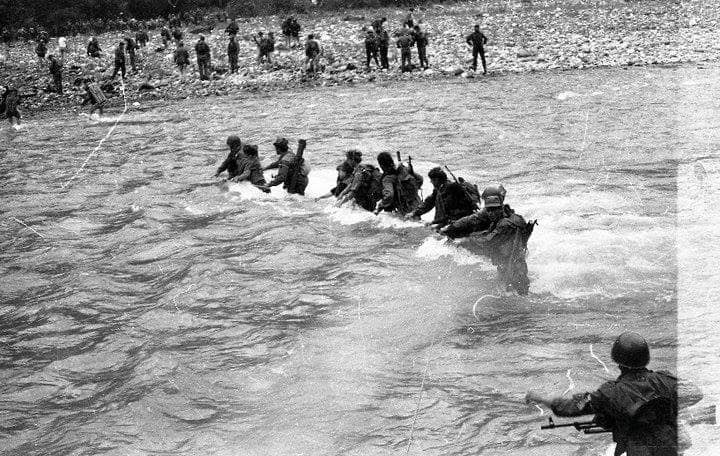
At dawn, the Sharatyn battalion, which was supposed to cross the upper Gumista bridge, finally reached their starting positions. However, Georgian artillerymen began firing at them directly.
In the lower Gumista bridges area, the 1st battalion and the 2nd assault group managed to cross the river, but they could not accomplish their mission, nor did the Gagra assault group and the Pitsunda battalion.
+ Memorial Events for 30th Anniversary of March Offensive Will Be Held on March 15-16
+ "Trail of Heroes": the memory of those killed in the March offensive was honoured at the Gumista River
In the cellophane production workshop area, the Athos-Eshera assault group, led by Tskuy, and a company of the Gumista Front, led by Tvanba, crossed the river. The groups were successful in their mission, reaching the Gumista massif and capturing the Achadar railway platform's border, thereby creating conditions for the introduction of the second echelon.
Following the Athos-Esher assault group, the second echelon, led by the 5th coast guard battalion under the command of Smyr, crossed Gumista. Along with the battalion, the Saturn and Uragan groups reached the Achadar platform and the tangerine garden.
"It was still dark, and we were moving cautiously through the tangerine plantations, with the goal of quietly reaching the river and crossing to the opposite bank. We were only 200 meters away from Gumista, walking on tiptoe. But one of our comrades with a machine gun was making noise with his cartridges, which seemingly caught the attention of the Georgians. They were hiding in a nearby two- or three-story building that we hadn't noticed before. Suddenly, a barrage of gunfire rained down on us from the windows of the upper floor, which were covered in plastic wrap. Three of our fellow soldiers - Fridon (Kams) Avidzba, Alik Nanba, and German Kove - were killed on the spot," recounted war veteran Dmitry Argun.
Retreat
Initially, the Abkhaz fighters' offensive progressed successfully, but the Georgian troops soon mobilized their reserves, making it difficult for the Abkhaz units to provide reinforcements to their forward positions. Consequently, their advance slowed down, and they were soon surrounded, unable to receive timely reinforcements. For three days, the Abkhaz soldiers attempted to retreat under heavy enemy fire, without any food or water.
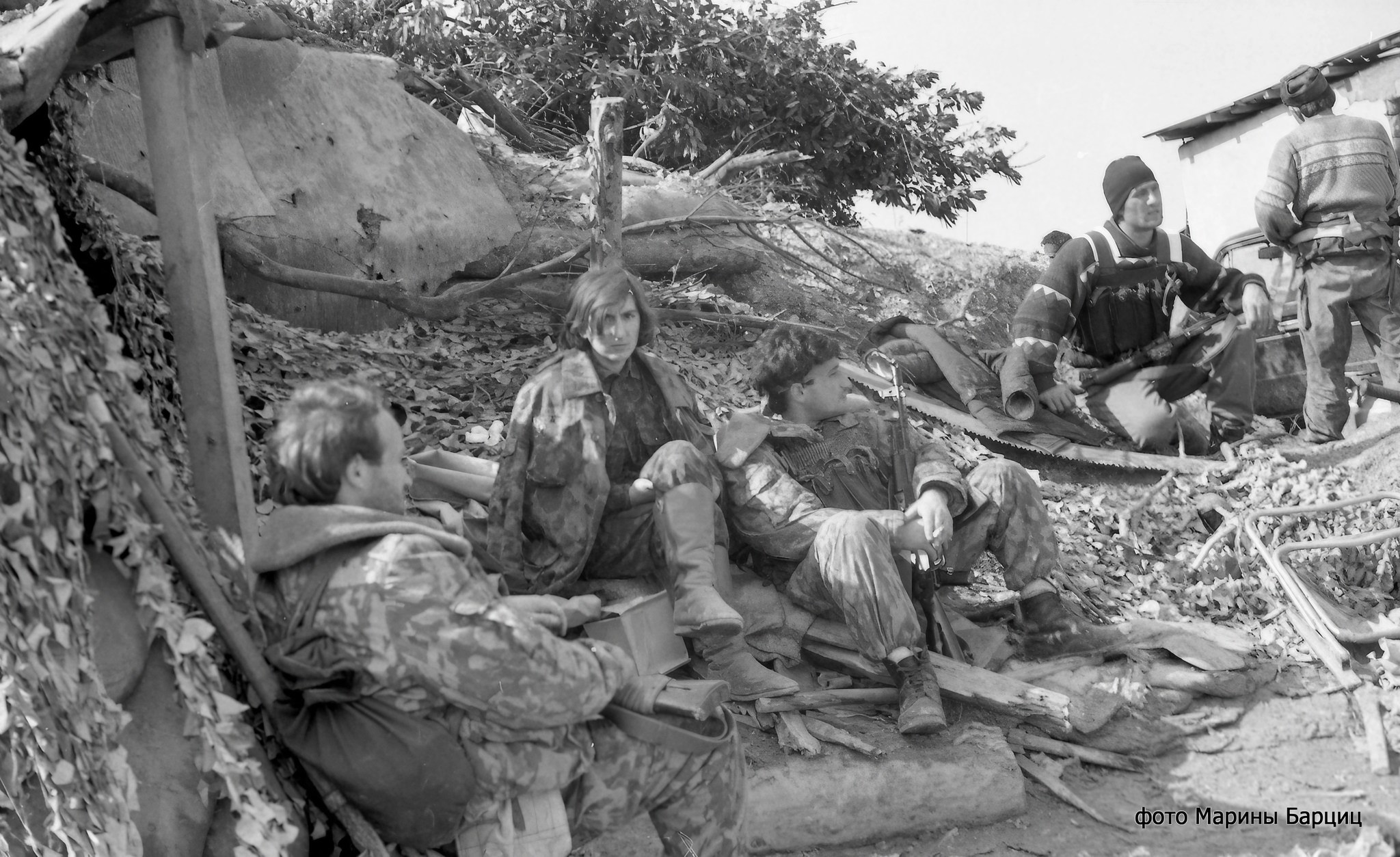
Inga Gabnia, name 'small and fearless', who pulled out so many wounded.
"The enemy started shelling the coast, making it impossible for our troops to cross. We tried to go deeper, but we found ourselves surrounded. We had a lot of casualties at that time. Our artillery also made mistakes, and we were constantly bombed. My friends died from our own mines' fragments," said veteran Raul Lolua.
It wasn't until March 18 that the Abkhaz fighters could break through the encirclement. Unfortunately, the offensive that began on the night of March 15-16 was not successful. After fierce battles, the Abkhaz units were forced to retreat to their original positions. According to various sources, the battles for Sukhum in March 1993 resulted in the death of 222 fighters of the Abkhazian army, while 23 others were missing.
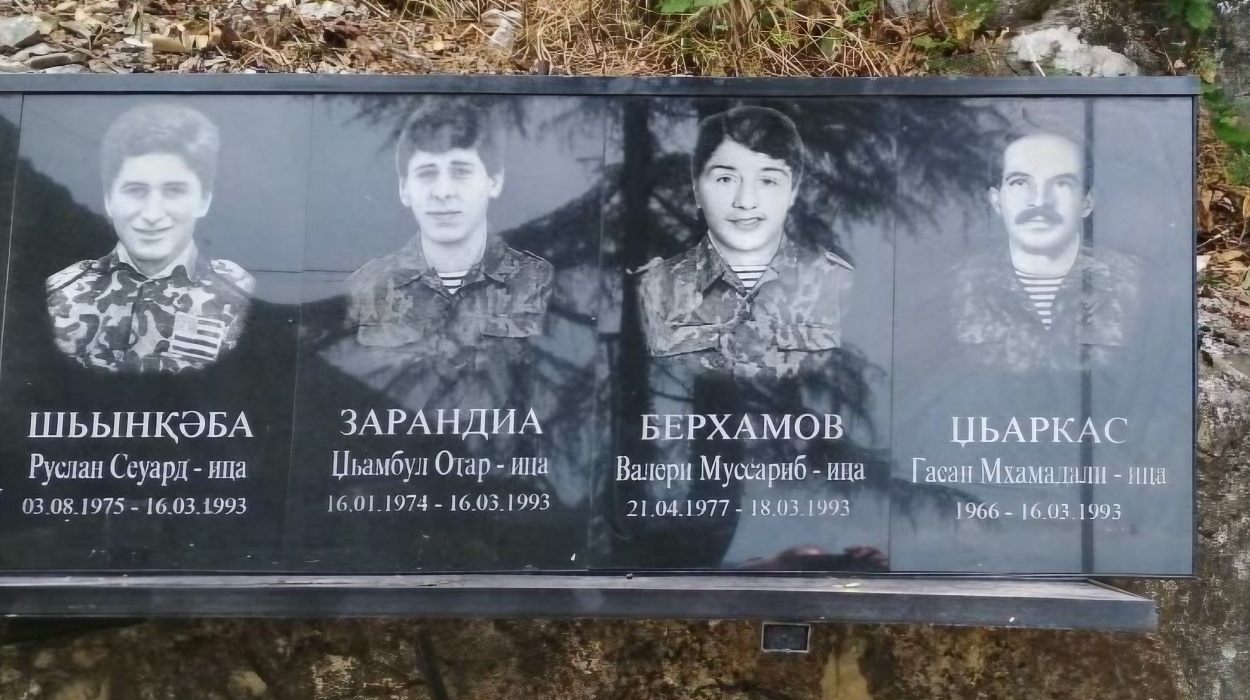
"Great grief has befallen us all, and our people have suffered a heavy loss. But today, we find ourselves in a situation where we have no choice. Our people will either die or win their freedom. A people who fight for their freedom, sooner or later, will achieve it. Despite the pain, we know that our loved ones gave the most precious thing they had - their lives - for the freedom of our Motherland. We take solace in the fact that they are buried in their native land," says the appeal of the relatives of the victims on March 25, 1993.
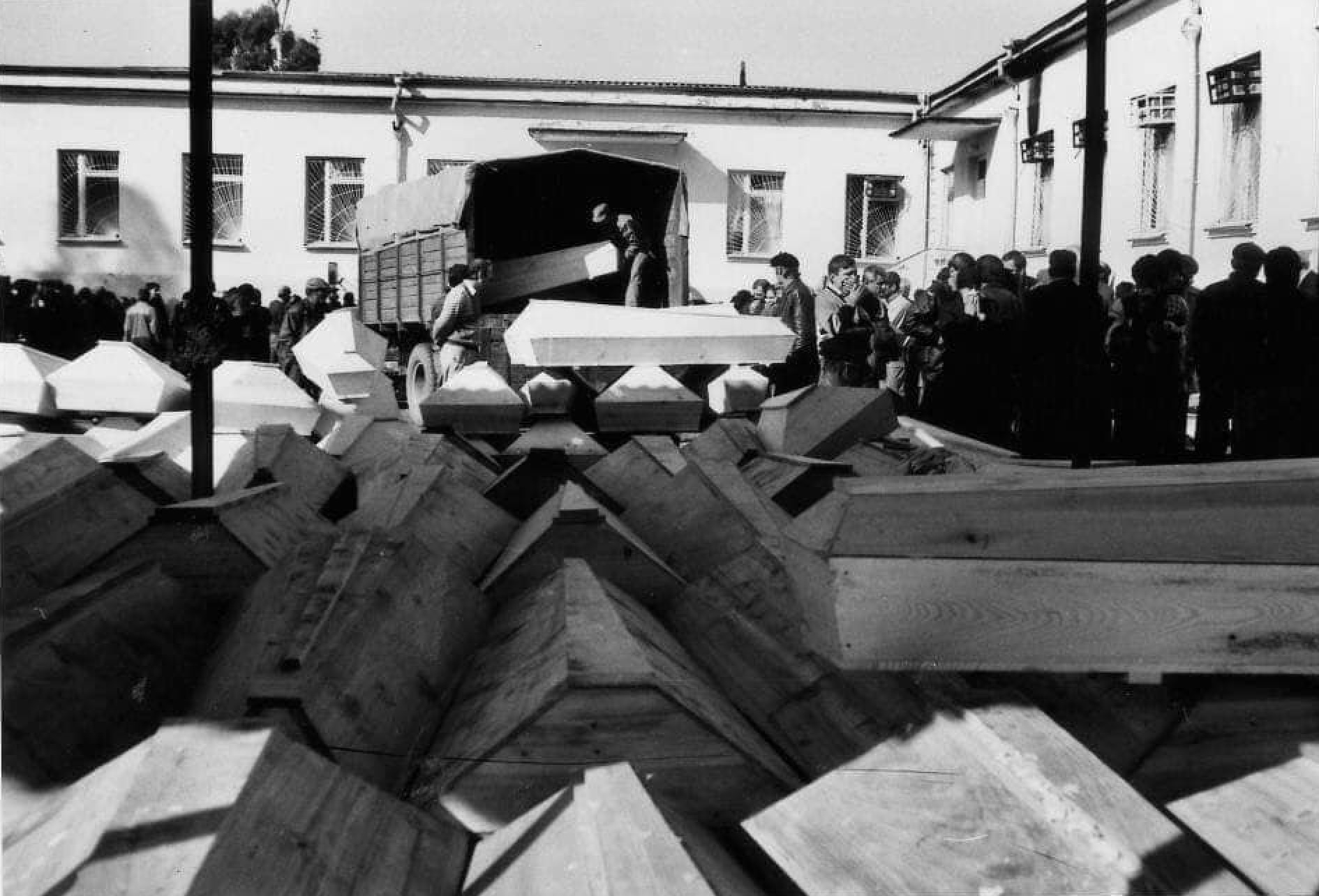
"Subsequently, the March operation was assessed as unsuccessful in terms of military tactics. It was discovered that there were serious miscalculations during the offensive, such as inconsistent actions by units and imprecise execution of orders. However, the tragic lessons learned from the March offensive made it clear that capturing the dominant heights on the northern approaches to the capital was necessary to take Sukhum. In fact, the correct tactics were developed in March, which were successfully applied in July-September 1993.
+ A Child at the Front: Valery Berkhamov (1977 - 1993)
+ The capture of Sukhum: the main battles for the liberation of the capital
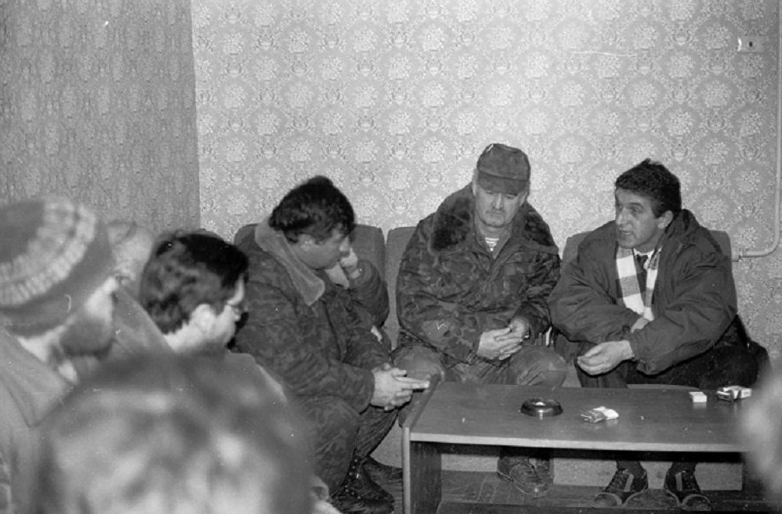
Vladislav Ardzinba and Sultan Sosnaliyev
"We should not talk about the defeat of our troops but rather an unsuccessful attempt at an offensive. The fact that we continue to undertake offensives, persistently seeking a way to liberate our hometown, speaks to both our strength and capabilities."
— Vladislav Ardzinba
"Many consider the January and March operations to attack Sukhum to be unsuccessful, but this is not entirely true. In those circumstances, the main task was to practice command and control of troops in large-scale operations, to identify the strengths and weaknesses of the enemy, who outnumbered us four times in personnel and 15-20 times in artillery. It was thanks to the combat experience gained then that the September operation was successfully carried out..."
— Sultan Sosnaliyev